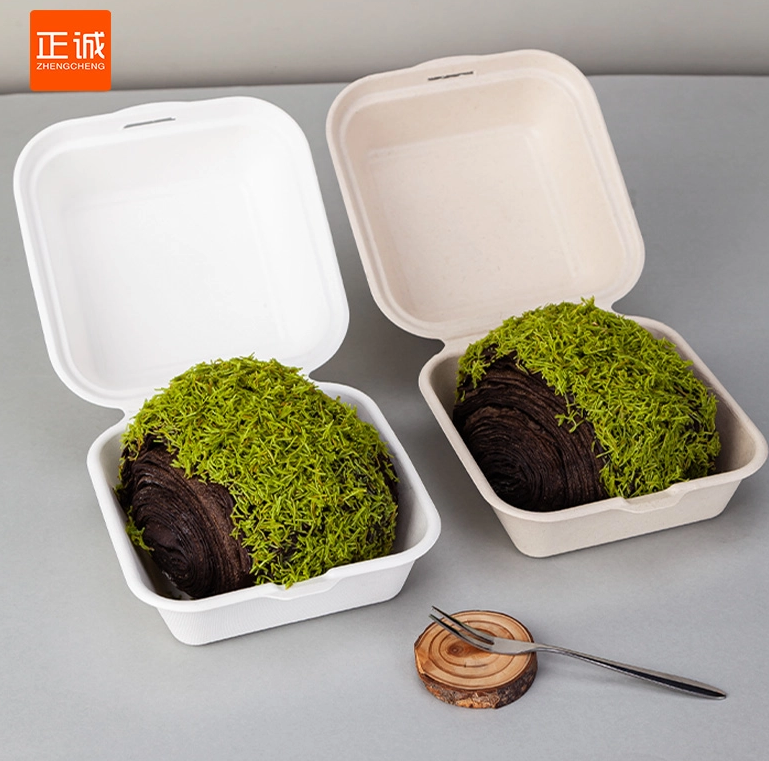When it comes to camping, one of the most crucial aspects of ensuring a comfortable and enjoyable experience is protecting yourself from the elements. Among these elements, water poses a significant threat, especially when it seeps through the bottom of your tent. In this article, we will delve into the various methods and materials you can use to effectively waterproof the bottom of your tent, ensuring that your outdoor adventures remain dry and pleasant.
Understanding Tent Waterproofing
Before we explore the methods of waterproofing, it’s essential to understand why waterproofing is necessary. The bottom of your tent is often the most vulnerable area, as it comes into direct contact with the ground, which can be damp due to rain, dew, or even groundwater. If left unprotected, moisture can easily penetrate the fabric, leading to discomfort and potential damage to your gear.
Choosing the Right Tent Material
The first step in waterproofing your tent is to consider the material it is made from. Most modern tents are constructed from synthetic fabrics like nylon or polyester, which are often treated with a Durable Water Repellent (DWR) coating. However, the effectiveness of this coating can diminish over time. When selecting a tent, look for options with a high hydrostatic head rating, which indicates better waterproofing capabilities. A rating of 3000mm or higher is generally considered suitable for most camping conditions.
Waterproofing Methods
- Seam Sealing
One of the most effective ways to waterproof the bottom of your tent is through seam sealing. The seams are often the weakest points in terms of waterproofing, as they are where two pieces of fabric are stitched together. To seal the seams:
- Purchase a Seam Sealer: Look for a high-quality seam sealer specifically designed for tents. Silicone-based sealers are often recommended for their durability and effectiveness.
- Clean the Seams: Before applying the sealer, ensure that the seams are clean and dry. Use a mild soap solution to remove any dirt or debris.
- Apply the Sealer: Using a brush or applicator, carefully apply the seam sealer along the seams, ensuring complete coverage. Allow it to dry as per the manufacturer’s instructions.
- Using a Ground Tarp
Another practical approach to waterproofing your tent is to use a ground tarp. A tarp acts as a barrier between the tent floor and the wet ground, providing an additional layer of protection. When selecting a tarp:
- Choose the Right Size: Ensure that the tarp is slightly larger than the footprint of your tent to prevent water from pooling underneath.
- Opt for a Waterproof Material: Look for tarps made from polyethylene or other waterproof materials. These are designed to withstand moisture and provide excellent protection.
- Positioning: Place the tarp under your tent, ensuring it is taut and free of wrinkles to prevent water from collecting.
- Applying a Waterproofing Spray
For added protection, consider using a waterproofing spray on the tent floor. These sprays create a barrier that repels water and can rejuvenate the DWR coating. Here’s how to apply it:
- Select a Suitable Spray: Choose a spray that is compatible with your tent material. Always read the label to ensure it is safe for use on nylon or polyester.
- Clean the Tent Floor: Before application, clean the tent floor to remove any dirt or oils that may hinder adhesion.
- Spray Evenly: Hold the spray can at a distance of 6-12 inches from the fabric and apply an even coat. Allow it to dry completely before packing the tent.
Maintenance Tips
To ensure the longevity of your waterproofing efforts, regular maintenance is key:
- Store Properly: Always dry your tent completely before packing it away to prevent mold and mildew.
- Periodic Reapplication: Depending on usage, reapply seam sealer and waterproofing sprays annually or as needed.
- Inspect Regularly: Before each camping trip, inspect your tent for any signs of wear or damage, especially at the seams and floor.
Conclusion
Waterproofing the bottom of your tent is an essential step in preparing for a successful camping trip. By understanding the materials, employing effective waterproofing methods, and maintaining your gear, you can ensure a dry and comfortable experience in the great outdoors. Whether you’re a seasoned camper or a novice, taking the time to waterproof your tent will pay off in the long run, allowing you to focus on enjoying nature rather than worrying about the weather. Happy camping!






+ There are no comments
Add yours